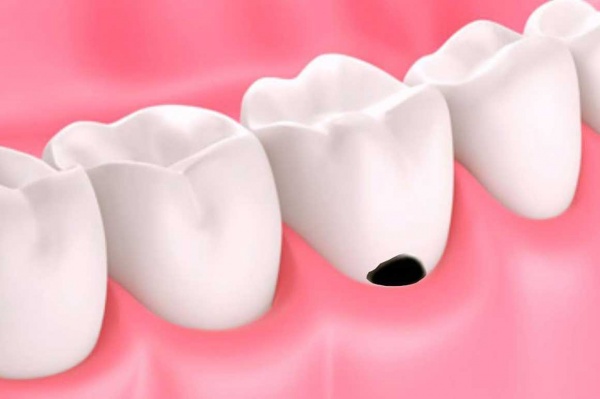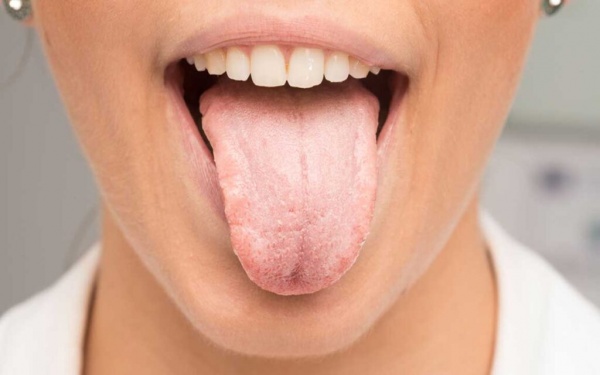Mucositis - features of the disease and subtleties of treatment
The main causes of mucositis, like inflammation of the mouth or throat, are problems with the patient's weak immunity, which often appear against the background of various chronic diseases or chemotherapy. With the appearance of peri-implant mucositis, inflammation of the tissues located near the implanted implant appears. But there are a number of significant differences between peri-implantitis and mucositis, because in the first case, there is a loss of gum bone mass, and in the second, only soft tissues are affected.
What symptoms can be used to determine the appearance and development of mucositis in order to seek professional help at a dental clinic as soon as possible?
- The area where the implant takes root becomes reddened and swollen, and white spots appear on it;
- The soft tissues of the gums near the implant become too thin and tender, and with light pressure they begin to bleed;
- Ulcers or abscesses form on the gums, palate, and in rare cases on the inside of the cheeks;
- While eating or talking with an interlocutor, the patient feels pain or discomfort.

What are the main causes of mucositis in each individual case?
- Improper hygiene procedures carried out in violation of the recommendations of the dentist after the operation;
- Ignoring by the patient of regular visits to the dental clinic for preventive examination and monitoring of the implant;
- Smoking after the installation of the implant, during which serious infections can be introduced into the inflamed tissues;
- Medical errors, expressed in the wrong selection of the implant, infection during surgery or incorrect calculation of loads on the gums.
Even if mucositis has appeared, and the patient began to experience pain, discomfort or other problems, professional dentists have a whole arsenal of methods and tools to treat this disease. The most common treatments include the following:
- Mechanical cleaning, during which materials and fabrics remain intact and intact;
- Treatment with an antiseptic, as well as washing the affected tissues and the prosthesis itself with a cotton swab dipped in a 0.2% solution of chlorhexidine;
- Local antibiotic therapy, which uses antibiotics and gels.
No matter how complex the problem with the resulting mucositis is, close cooperation with a professional dentist will minimize all side effects and negative consequences, and the implant will eventually take root effectively.







